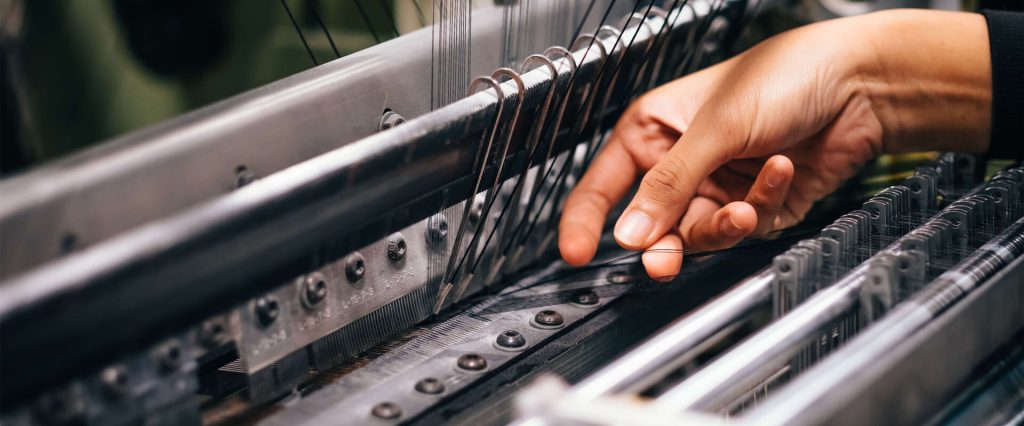When it comes to choosing the right fabric for workwear, structure matters. In this article, we compare ripstop, twill, and canvas—three of the most commonly used fabric weaves in industrial and protective garments—to help you pick the right one for your brand or project.
Ripstop, twill, and canvas are all popular fabric structures used in workwear. Ripstop is lightweight, breathable, and highly tear-resistant. Twill offers excellent abrasion resistance and softness, making it ideal for daily uniforms. Canvas is thick, rugged, and heavy-duty, perfect for harsh outdoor environments. Your choice depends on the specific needs of your product.
Let’s break down the structural differences, key strengths, and best use cases for each.
1. What are the main differences between twill and ripstop fabric?
Twill is a diagonal weave pattern commonly used in work pants and jackets. It’s softer to the touch and provides good drape and color retention. You’ll often see 2/1 or 3/1 twill, with either left- or right-hand twill angles. Interestingly, left-hand twill is dominant in China, while right-hand twill is more popular in Europe—a critical detail when producing for overseas clients. Yarn twist direction must be reversed from the spinning stage to match this requirement.
Ripstop, on the other hand, is constructed by reinforcing the base fabric with thicker threads at regular intervals, creating a distinct grid-like pattern. This structure makes it resistant to tearing and ripping, even when punctured. It’s a favorite for outdoor gear, tactical uniforms, and protective garments thanks to its lightweight feel and breathability.
2. Ripstop vs Canvas – What’s the Difference?
Canvas is a plain-weave fabric typically weighing over 250gsm and made with thick yarns. It’s known for its dense construction, superior strength, and rugged feel. Canvas is often used for heavy-duty applications like tool bags, jackets for construction workers, or utility gear. Some canvas fabrics feature double or even triple yarns in both warp and weft directions for enhanced durability.
In contrast, ripstop provides a lighter and more breathable option while maintaining high tear resistance. It’s ideal for summer workwear or high-mobility tasks.
🧠 Brand Tip: Leading workwear brands like Carhartt strategically use ripstop and canvas across different collections depending on climate and job intensity.
- Carhartt Force® Ripstop Cargo Pants are engineered with 7-ounce stretch ripstop fabric and moisture-wicking Force® technology, designed for hot weather and active work.
- Rugged Flex® Canvas Cargo Pants use thick canvas for maximum abrasion resistance on tough job sites.
- Full Swing® Ripstop Insulated Jackets combine ripstop, Cordura®, and insulation for cold-weather utility.
This balanced approach shows how brands can use fabric structure to segment collections by season, climate, and job category.
3. Canvas vs Twill – Which fabric is better for workwear?
Think of canvas as the off-road truck of workwear—tough, unyielding, and built for rough environments. It offers structure and ruggedness but can feel stiff.
Twill, on the other hand, is the everyday pickup—flexible, comfortable, and reliable. It’s a better choice when movement and comfort matter, such as for technicians, warehouse staff, or service uniforms. It also holds color well and offers a cleaner, softer aesthetic, suitable for modern workwear lines.
4. How to choose the right fabric for your workwear brand?
Each fabric serves a different purpose. Here’s a quick breakdown to guide your selection:
| Use Case | Recommended Fabric | Why? |
|---|---|---|
| Harsh outdoor labor | Canvas | Thick, abrasion-resistant, tough |
| Summer or active jobs | Ripstop | Lightweight, tear-resistant, cool |
| Everyday uniforms | Twill | Soft, durable, easy to dye & style |
| Tactical or field wear | Ripstop | Grid reinforcement, anti-rip |
Brands should consider fabric segmentation by season, climate, and wearer role. Your choice of weave becomes a signature of your product line.
Fabric structure can define your brand’s durability, style, and even market identity. Which one speaks to your product the most—ripstop, twill, or canvas? Let us know in the comments or share your best-use examples.

